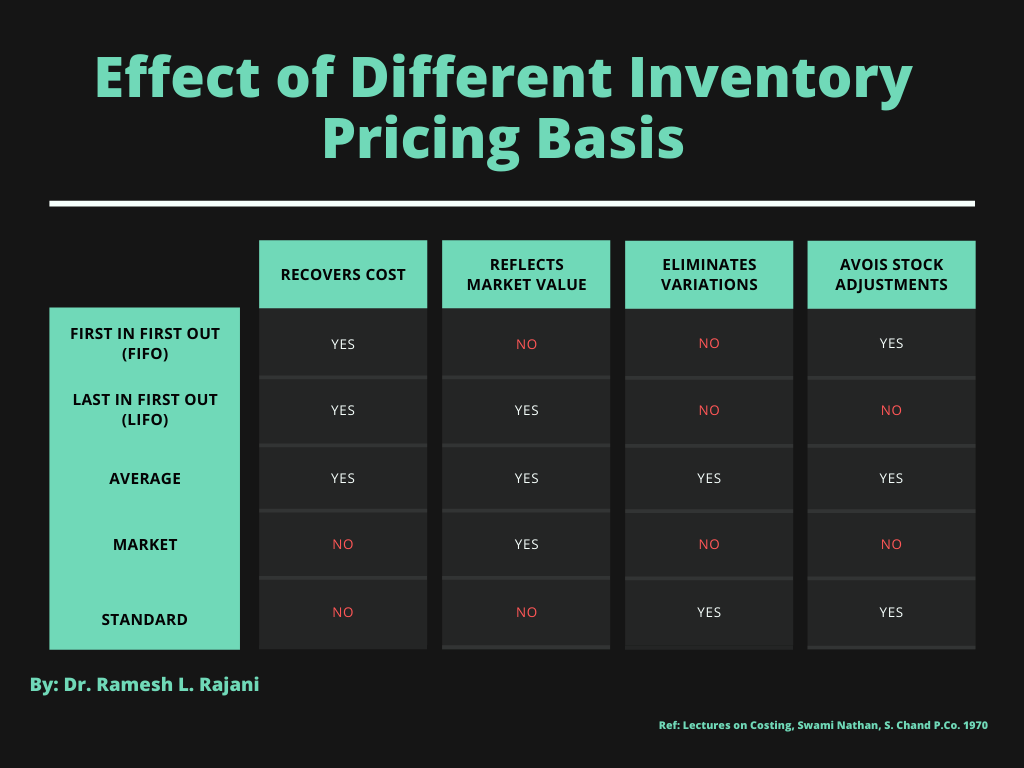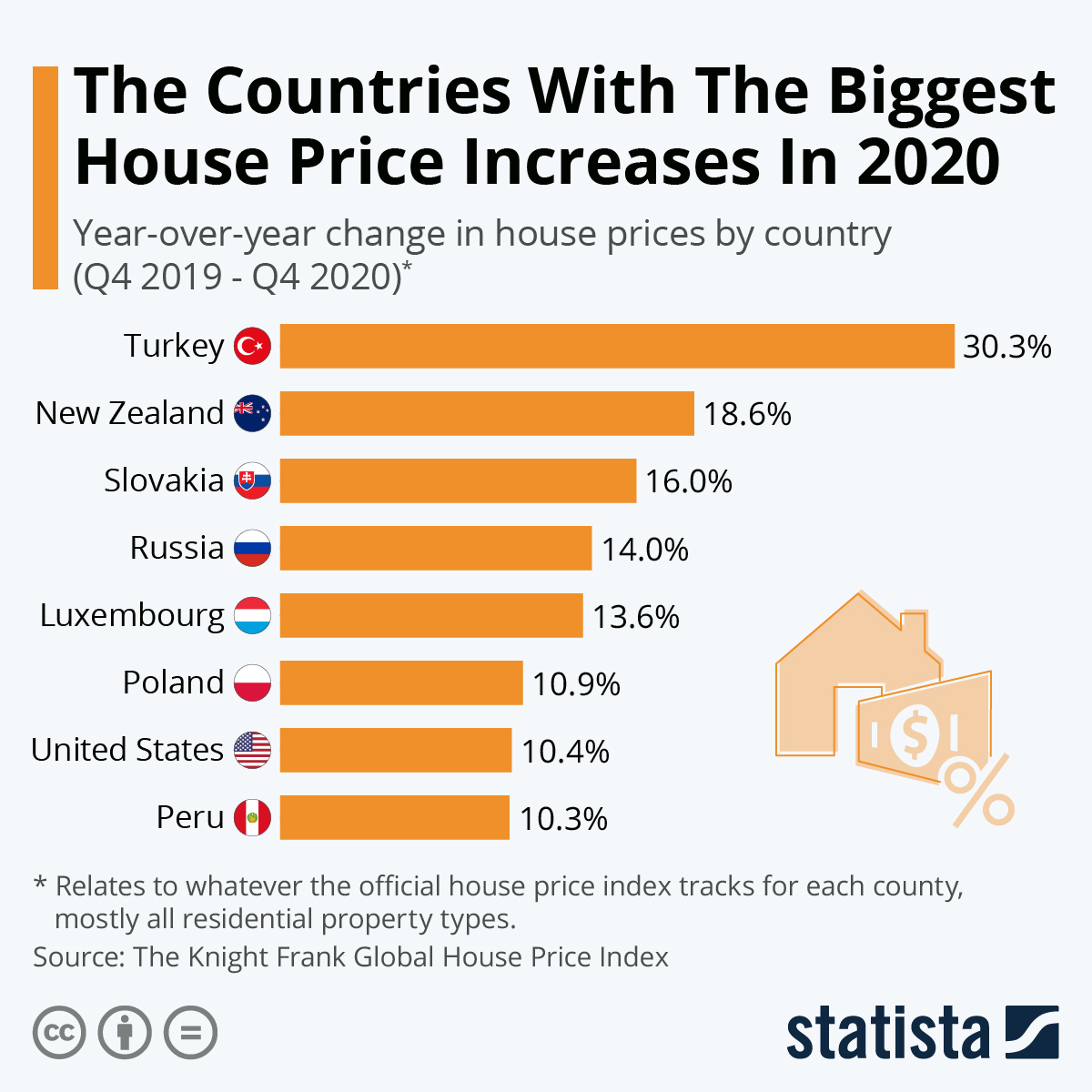Home inventory business pricing is a crucial aspect of establishing a successful venture in this industry. It plays a pivotal role in determining profitability, customer acquisition, and overall business strategy. This guide will delve into the intricacies of pricing home inventory services, providing insights into market research, pricing models, value-added services, customer segmentation, competitive analysis, and effective marketing and sales strategies.
Understanding the dynamics of home inventory business pricing empowers entrepreneurs to make informed decisions that align with their business goals and target market. By leveraging the strategies Artikeld in this guide, businesses can optimize their pricing to maximize revenue, enhance customer satisfaction, and gain a competitive edge in the marketplace.
Pricing Models
Home inventory businesses employ various pricing models to suit diverse client needs and business objectives. These models range from flat fees to hourly rates and percentage-based pricing, each offering unique advantages and considerations.
Flat Fees
Flat fees involve a fixed price for the entire inventory project, regardless of the time or effort required. This model is often preferred for smaller homes or projects with a well-defined scope of work.
Pros:
- Predictable and transparent pricing.
- Suitable for projects with a clear scope.
Cons:
- May not be cost-effective for large or complex projects.
- Can lead to additional charges if the project scope changes.
Hourly Rates
Hourly rates charge clients based on the time spent on the inventory project. This model is suitable for projects with an uncertain scope or when the client prefers to pay for actual time worked.
Pros:
- Flexibility to accommodate changes in project scope.
- Fair and transparent pricing for clients.
Cons:
- Potential for unpredictable costs if the project takes longer than expected.
- May not be suitable for projects with a tight budget.
Percentage-Based Pricing
Percentage-based pricing charges a percentage of the total value of the inventoried items. This model is commonly used for high-value homes or collections and ensures that the home inventory business is compensated fairly for their expertise and effort.
Pros:
- Fair compensation for complex or valuable projects.
- Incentivizes the home inventory business to accurately assess the value of items.
Cons:
- Can be more expensive for clients compared to other models.
- May not be suitable for projects with a limited budget.
Value-Added Services

In the competitive home inventory business, offering value-added services can set you apart from the competition and justify higher pricing. These services not only enhance the customer experience but also demonstrate your expertise and commitment to providing comprehensive solutions.
Some key value-added services that can enhance pricing include:
Digital Inventory Management
- Provide customers with secure online access to their inventory data, allowing them to manage and update it remotely.
- Integrate with third-party software for seamless data transfer and analysis.
- Offer advanced features such as barcode scanning, image recognition, and item tracking.
Home Staging
- Help customers prepare their homes for sale by arranging furniture, decluttering, and making cosmetic enhancements.
- Increase the perceived value of the home and make it more appealing to potential buyers.
- Partner with professional home stagers to ensure the highest quality of service.
Decluttering
- Assist customers in removing excess belongings and organizing their homes.
- Create a more functional and stress-free living space.
- Offer additional services such as donation or disposal of unwanted items.
Customer Segmentation

Customer segmentation is the process of dividing customers into distinct groups based on shared characteristics, such as demographics, behaviors, or needs. It allows businesses to tailor their pricing strategies to each segment, ensuring that they are offering the right products and services at the right price.
Identifying Customer Segments
There are several methods for identifying different customer segments. One common approach is to use market research to gather data on customer demographics, behaviors, and preferences. This data can then be used to create customer profiles, which represent the typical characteristics of each segment.
Another approach is to use statistical analysis to identify natural groupings within the customer base.
Tailoring Pricing to Customer Segments
Once customer segments have been identified, businesses can tailor their pricing strategies accordingly. For example, a business might offer discounts to customers who are price-sensitive or provide premium pricing for customers who are willing to pay for additional features or services.
Businesses can also use customer segmentation to develop targeted marketing campaigns that are designed to appeal to each segment’s specific needs.By understanding the different customer segments in their market, businesses can develop pricing strategies that are more likely to be successful.
This can lead to increased sales, improved profitability, and stronger customer relationships.
Competitive Analysis

Conducting a competitive analysis is crucial to establish appropriate pricing strategies and identify opportunities for differentiation. By comparing pricing models, value-added services, and target customer segments of competing home inventory businesses, we can gain valuable insights into market dynamics and competitive advantages.
The following table provides a comparative overview of pricing structures among different home inventory businesses:
| Business | Pricing Model | Base Price | Additional Fees |
|---|---|---|---|
| HomeZ | Subscription-based | $9.99/month | None |
| Sortly | Freemium | Free | $4.99/month for premium features |
| MyStuff | Per-item | $0.25/item | None |
| Nest Egg | One-time purchase | $49.99 | None |
Key Differentiators and Competitive Advantages
To justify higher pricing, it is essential to identify and leverage key differentiators and competitive advantages. These may include:
- Advanced features:Offering robust features such as AI-powered item recognition, personalized recommendations, and advanced reporting capabilities can differentiate a business from competitors.
- Exceptional customer support:Providing dedicated customer support channels, prompt response times, and personalized assistance can enhance customer satisfaction and loyalty.
- Integration with third-party services:Integrating with popular home management tools, smart home devices, and insurance providers can add value and convenience for customers.
- Brand reputation:Establishing a strong brand reputation through positive customer reviews, industry recognition, and media coverage can justify premium pricing.
li> Data security and privacy:Emphasizing robust data security measures and compliance with privacy regulations can instill trust and differentiate a business from competitors.
Marketing and Sales Strategies

Marketing and sales strategies play a crucial role in promoting home inventory businesses and justifying pricing. Effective marketing campaigns and sales techniques can attract potential customers, build trust, and drive sales.
Here are some effective marketing and sales strategies for home inventory businesses:
Content Marketing
- Create valuable content, such as blog posts, articles, and videos, that provide helpful information about home inventory management.
- Use social media platforms to share content and engage with potential customers.
- Partner with home improvement and home organization influencers to promote your services.
Search Engine Optimization ()
- Optimize your website and content for relevant s to improve visibility in search results.
- Build backlinks from reputable websites to increase your website’s authority.
- Use local techniques to target potential customers in your area.
Paid Advertising
- Run targeted advertising campaigns on search engines, social media, and other platforms.
- Use retargeting ads to reach people who have visited your website but haven’t yet converted.
- Offer incentives, such as discounts or free consultations, to encourage sign-ups and sales.
Networking and Referrals, Home inventory business pricing
- Attend industry events and meet with potential customers.
- Build relationships with real estate agents, home inspectors, and other professionals in the home industry.
- Offer referral bonuses to customers who refer new business.
Sales Techniques
- Personalize the sales process by tailoring your approach to each customer’s needs.
- Demonstrate the value of your services by highlighting the benefits and return on investment.
- Use testimonials and case studies to build credibility and social proof.
- Offer flexible pricing options and payment plans to accommodate different budgets.
Ultimate Conclusion: Home Inventory Business Pricing
In conclusion, pricing home inventory services requires a comprehensive approach that considers market dynamics, pricing models, value-added offerings, customer segmentation, competitive analysis, and effective marketing and sales strategies. By implementing the principles Artikeld in this guide, businesses can establish pricing that is both competitive and profitable, enabling them to thrive in the ever-evolving home inventory industry.
Questions and Answers
What factors influence home inventory business pricing?
Factors influencing pricing include location, size of the property, number of rooms, level of detail required, and any additional services offered.
What are the different pricing models used by home inventory businesses?
Common pricing models include flat fees, hourly rates, and percentage-based pricing.
How can value-added services enhance pricing?
Value-added services such as digital inventory management, home staging, and decluttering can justify higher pricing by providing additional value to customers.